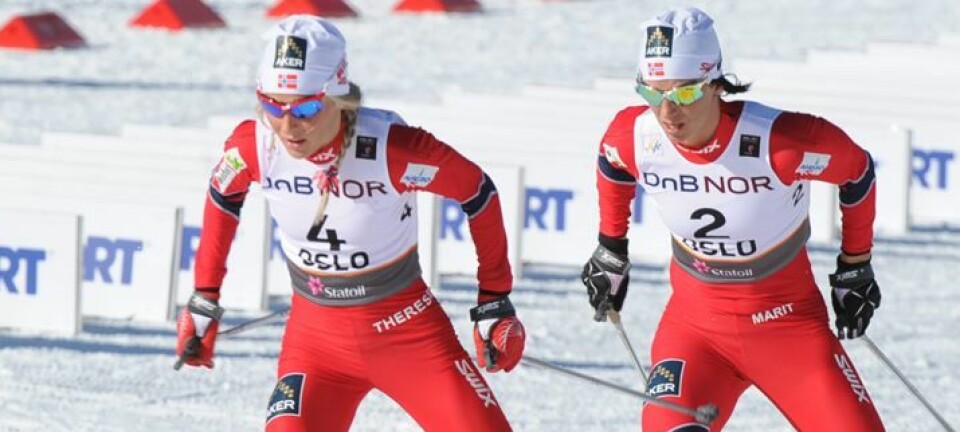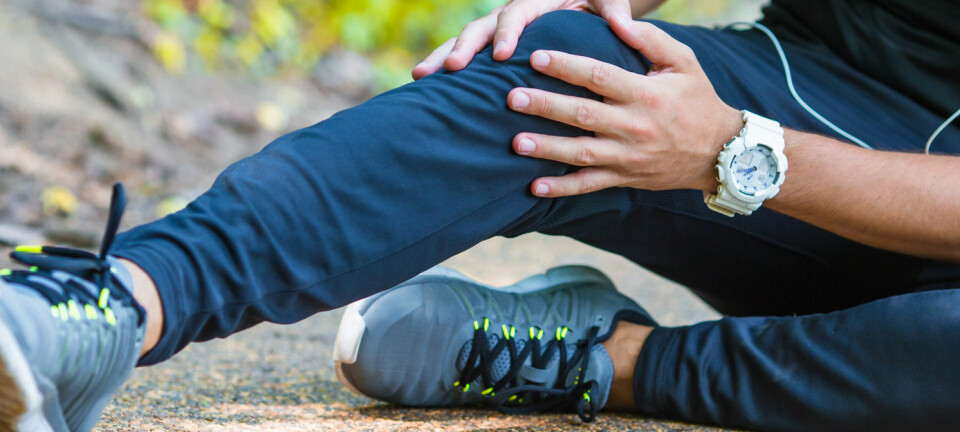This article was produced and financed by The Norwegian School of Sport Sciences - read more
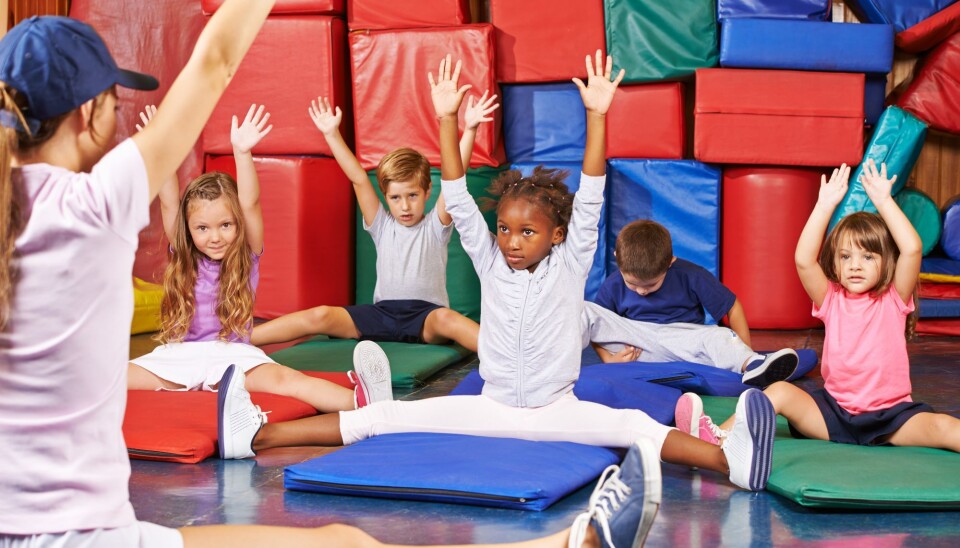
PE classes mostly for pupils who are good at sports
School pupils are not getting the PE classes to which they are entitled. The classes are prepared according to a sports-related logic that benefits those who are already good at sports. The rest of the pupils are left behind.
“This is sad to see, as it is often those pupils who are not so good at sports who need physical education the most,” says Irina Burchard Erdvik. She has conducted a study of how PE classes actually work – and the pupils’ own experiences of PE at school.
The current practice is in breach of both the curriculum and the Norwegian Education Act.
The aim is not to be good at sports
Think about it: It is quite likely that you have also been a victim of this “sports logic”, which assumes that the main goal for PE classes is to teach the pupils how to be good at sports. But this is not the case, or: This should not be the case.
The curriculum does not in fact focus on sporting achievements. It states that the classes shall promote broad education, lifelong enjoyment of physical activity and, in addition, improved self-esteem.
Nonetheless, many pupils feel that the majority of PE classes are based on learning different sports – and achieving the best possible performance in these sports.
“This means that those pupils who are active in a sport outside of school have a major advantage”, says Burchard Erdvik.
These already sports active pupils get to carry out activities they are familiar with and enjoy, naturally making them more adept in these activities. They feel a strong affinity and are able to boost their self-esteem and, in general, obtain a better outcome from PE classes.
It does not appear that this applies to the same extent to other pupils – those who do not actively pursue sports outside of school – according to Irina Burchard Erdvik.
Burchard Erdvik recently defended her doctoral thesis entitled “Physical Education as a developmental asset in the everyday life of adolescents”.
She has asked around 3,000 pupils at lower and upper secondary schools about their self-esteem, participation in a sport outside of school, their experiences of PE classes and their feelings of self-determination, achievement and affinity to the subject of PE.
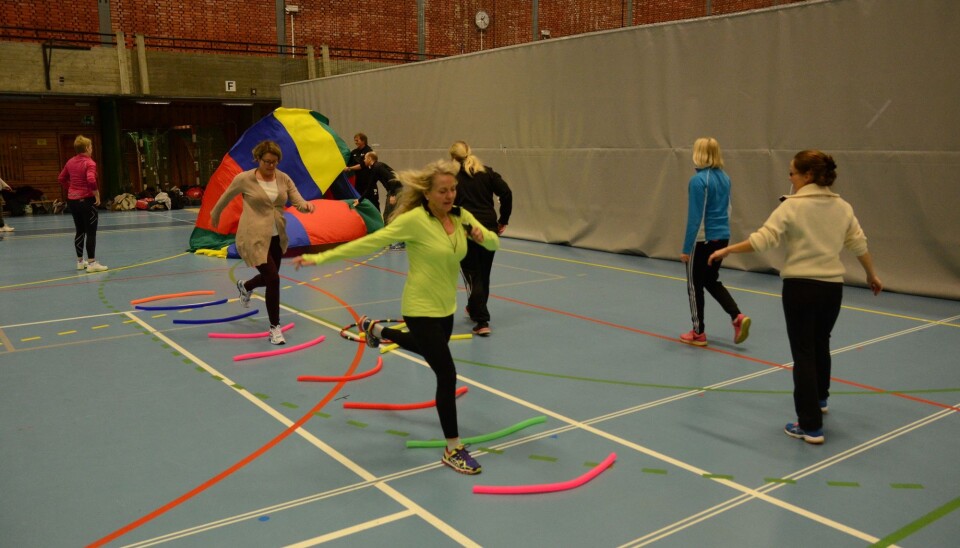
Those who need it the most are sidelined
Burchard Erdvik believes that the current situation not only constitutes discrimination against adolescents on various grounds, but also a breach of both the curriculum and the Norwegian Education Act.
“The Act states that all pupils are entitled to adapted education. However, there are clear signs that this is not the case today,” she states.
And this is highly problematic, according to the researcher. “It’s a challenge when those pupils who need PE classes the most, those with the lowest self-esteem, those who do not feel so confident or who do not have experience of sports and physical activity, are made to feel that they are not achieving and do not belong. These are not positive premises for success. This is a major challenge in terms of both education and public health.”
Old habits split pupils into A’s and B’s
Burchard Erdvik is also of the opinion that this problem is also about inclusion. All pupils must be involved, irrespective of their interests outside of school and their abilities. The classes must be adapted to individuals.
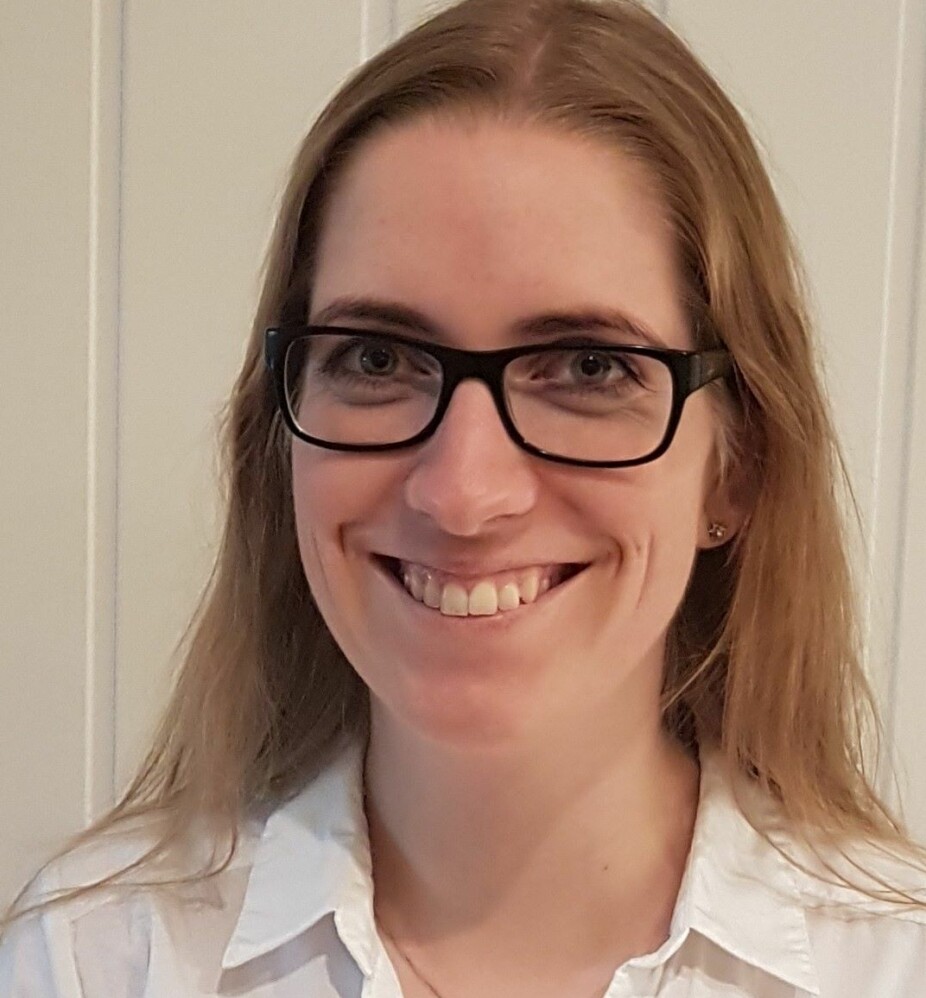
“As such, PE as a subject has much more scope for inclusion than demonstrated by the current practice,” she says. “And teachers are meant to award those pupils who do well in PE, not those who do well in sports.”
She does acknowledge, however, that getting rid of old habits is not easy.
She is not therefore assigning the full blame for the current situation to the teachers, even though they are the ones responsible for correctly following up each pupil individually.
“They are all more or less stuck in the same pattern, including the pupils. They have grown up with and are used to thinking that the end goal is to be good at sports. And that they will be judged according to this.”
She goes on to say that many teachers recognise that pupils involved in sports have more chance of success in PE than those who are not involved in sports, and that they do try to make a change. A number of teachers have, for example, attempted to better support the needs of the different pupils by dividing PE classes into two groups: One group for pupils who want to experience and enjoy sports and the other group for those who prefer a different focus point in order to promote enjoyment of physical activity.
“Their intentions are good and, although a number of pupils have been happy with this, it is increasingly seen as dividing the pupils into an A team and a B team. This is just as detrimental.”
A complex U-turn
Irina Burchard Erdvik cannot provide a simple formula for how to close the gap between the objectives stated in the curriculum and Education Act and the established practice. She does, however, have a suggestion.
This covers the entire system, from the pupils and up: The pupils, teachers, teacher trainers, researchers and politicians, and thus the schools, higher education and the Ministry of Education. Radical changes are required to impact the teaching practice and how the pupils experience PE classes.
“It is mainly an issue of how the teachers communicate with the pupils. To get this right, however, you have to start by changing the system for teacher training. It is a problem if the teaching provided for student teachers within PE focuses on improving performance in various activities. This focus on activity and performance easily translates to the students’ own classes when teaching in school, and this is not in harmony with the intentions of the curriculum. Teaching motor skills and knowledge of sports as a culture for physical activity also play a central role, but as part of a whole,” she says.
As such, you quickly see how the change involves researchers, those who work on preparing the curriculum – in fact, the entire system.
“Again, this is an old habit, and changing it will not be easy. It will require a complex U-turn.”
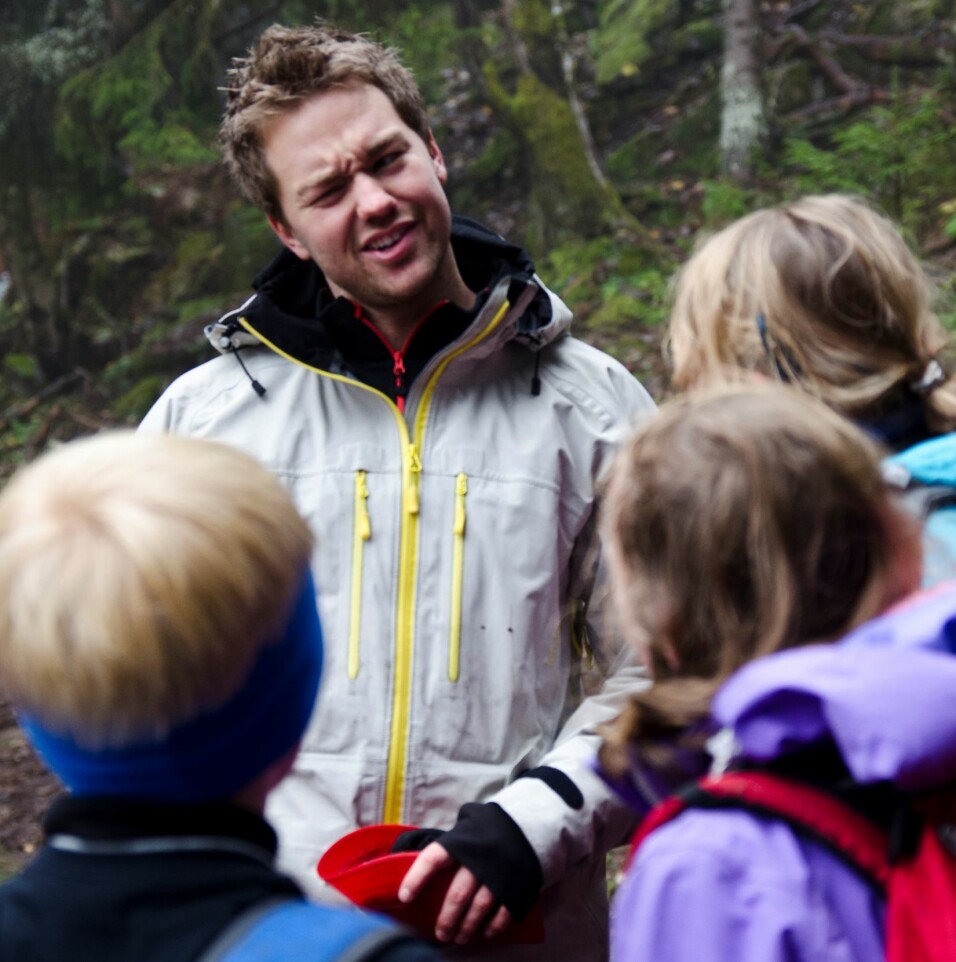
Originates in military drills
The origins of physical education in schools are totally different from the current situation – as PE classes started out as military drills to develop defence capability for Norway as a nation. Since then, the focus has changed to health and hygiene and, more recently, on physical development and public health. Measurable performances have been important.
“Now, however, PE classes have different objectives. Although motor skills and different cultures for physical activity remain key today, sports should not set the standard for good learning outcomes in the subject. If it does then not all the pupils have the prerequisites for success and the school is in breach of the curriculum and the Education Act.”
Support those who are least active
Burchard Erdvik says she is looking forward to the introduction of the new curriculum. This states even more clearly that performing well in different sports is not an objective. “The curriculum may provide an important compass to steer things in the right direction. Every part of the system has to work together – pupils, teachers, teacher trainers and others, if we are to break these old habits and move forwards.
But it is important already now to take extra care of those who are not involved in sports outside of school and those who are not so physically active in their free time. In order to avoid PE being in breach of the Education Act and contributing to social inequality, the teachers must do better to support development and learning among those pupils who have the least experience of physical activity. If PE classes were more adapted to all pupils, this would provide them with an improved learning outcome and the experience of enjoying physical education.”









